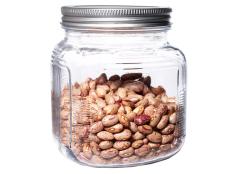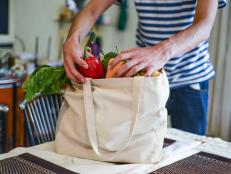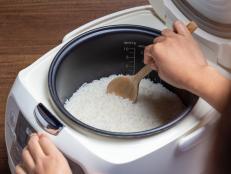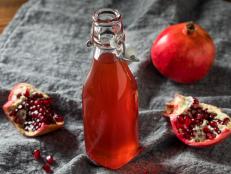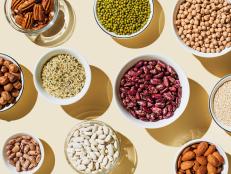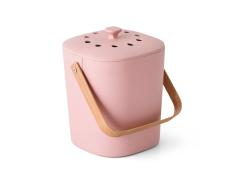Dollar-Stretching Shopping Tips
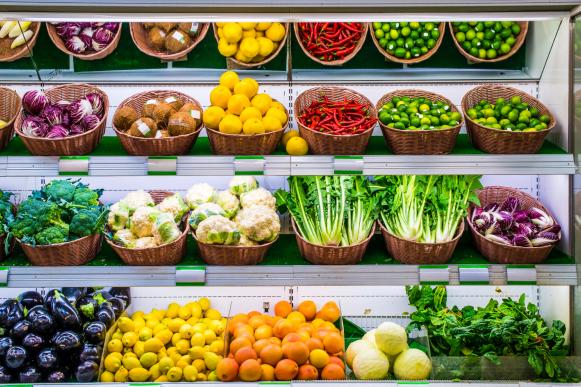
Deyan Georgiev, Deyan Georgiev
Saving money doesn't mean you have to sacrifice flavor. Use these tips to make your groceries – and shopping budget – go further.
Plan ahead before you shop.
While it's tempting to run into the store on your way home to pick up food for that night's dinner, you'll save more money if you plan ahead.
Plan the week's meals in the kitchen, so you can check the cabinets and the fridge to avoid buying duplicate items. Making a list – and sticking to it – will ensure that you'll have what you need on hand, and will help you avoid expensive "impulse" purchases.
As you plan your meals, look for specials in newspaper ads for the stores where you shop. Coupons can also keep costs down, but use them only on items you buy anyway. Those ten cans of lima beans might be on special, but they won't cut your costs if you can't get your six-year-old to eat them.
Reconsider convenience foods.
Compare the cost of convenience foods versus foods made from scratch. Pre-seasoned frozen vegetables, snack-sized packs and bakery sweets save a little time at home, but often cost much more than the ingredients they include.
Homemade soups, for instance, cost a fraction of the canned version and are usually healthier. If you have a little time to invest in the kitchen, you could save big at the supermarket.
Keep your eye out for bargains at the store.
Once you've put together your list, you can still save money at the store with some smart shopping strategies.
In the produce section, stick to in-season fruits and vegetables. You'll get better prices – and flavor – on the frozen versions of the out-of-season produce on your list. In the deli, look for bargains on day-old breads and bakery products. Look for specials at the meat counter. Buy cuts of meat that are on sale and freeze the extras. Buy a whole chicken and chop it yourself to save a few more dollars at the store.
Let your leftovers do double-duty.
Using leftovers for another night's dinner or a quick lunch helps cut cooking time and foods costs. Use leftover pork butt in pulled pork sandwiches, or shred short ribs to serve with rice and beans. Serve half of a pork roast at dinner, then slice it up for Cuban sandwiches the next day. Tortillas are a great way to use up leftovers – you can fill them up with anything.
You can even find ways to use food scraps. Use the bones from your roasted chicken for savory homemade chicken broth.
Make freezer-friendly foods in big batches.
When your schedule and food budget allows, take a day to make big batches of your go-to dishes. Cook up a big batch of meatballs or chili, then freeze it for later in the month. Freeze single-serving portions of soup for quick lunches.
Be creative with protein sources.
Try cooking cheaper cuts of meat. Tough, fatty cuts of meat like pork butt, pork spare ribs, beef short ribs and beef shoulder are inexpensive, and get fall-off-the-bone tender in a slow cooker.
You can also cut down on costly meats in your meals, instead building your meal around brown rice, noodle, or other grains. Stir fries and pasta dishes are a great way build a tasty dish around with a small amount of meat, poultry or fish.
And don't forget about vegetarian protein sources, like beans, nuts, eggs and soy products. They're typically inexpensive, and provide many of the same nutrients.
























